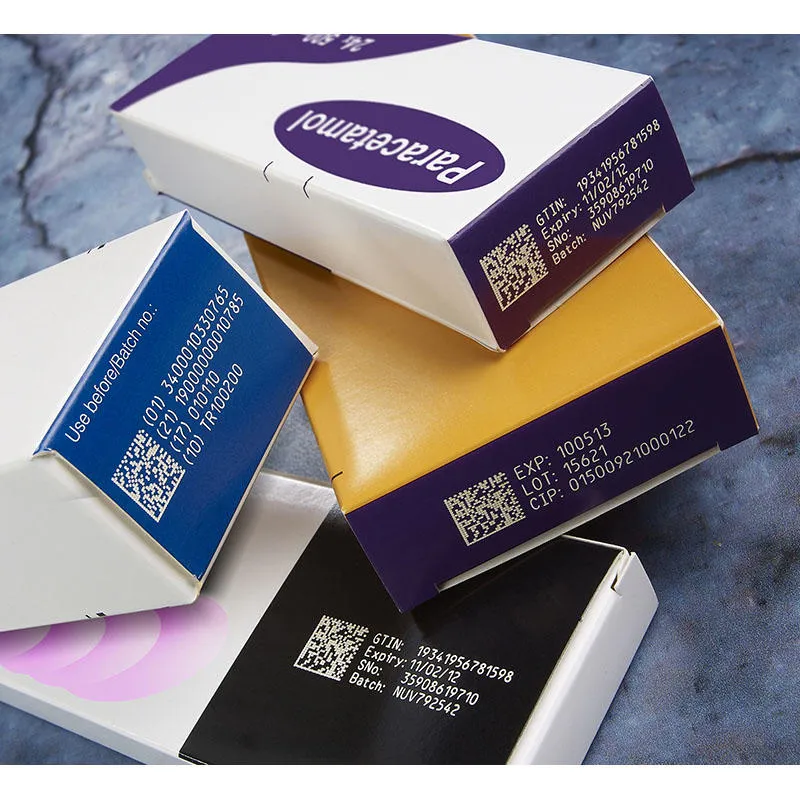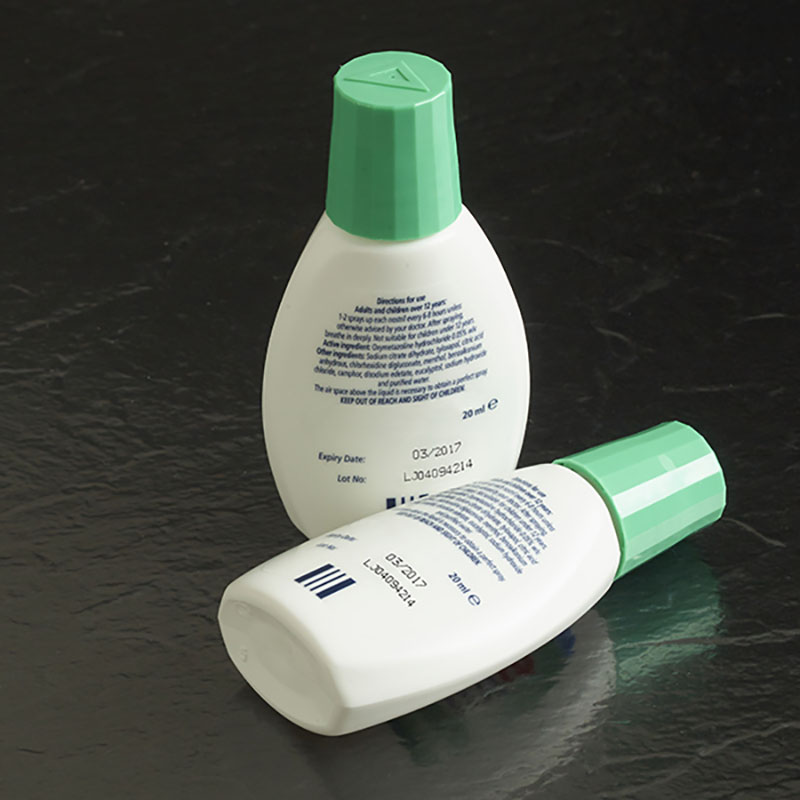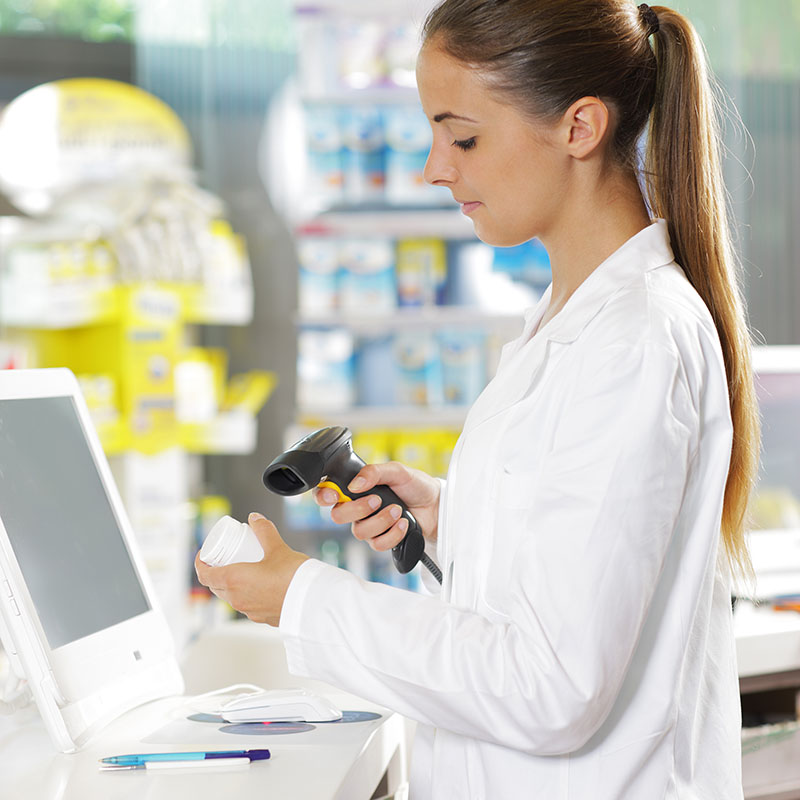$80 billion. That’s how much the global pharmaceutical industry is predicted to be worth by 2020. And it’s no surprise. Packaging has a crucial role in pharma and must adhere to strict standards and regulations. Few other consumables are as potentially harmful.
Packaging must be protective, sterile, tamper resistant, traceable and identifiable. The industry has so far catered to these needs but continues apace to develop alongside progress in medicine.

A global response to local conditions
Packaging responds not only to advances in scientific research, but also the prevailing health trends and needs of each nation. For instance, with obesity and poor diets on the rise in western countries such as the UK, the demand for diabetes medication and insulin has increased.
But it’s a global industry that responds to local demands.
Emerging economies such as India and China, along with South America and mid-Eastern markets, are growing at speed, and are able to produce both pharmaceutical products and their packaging at relatively low cost. The USA is facing a battle to retain its position as the world’s largest producer of pharmaceutical packaging.

Developments in packaging: out with the old, in with the new
Traditionally, Europe and Asia have distributed the majority of their medicines using blister packaging, whilst the Americas favor plastic bottles. More recently there’s been a shift towards packaging that offers more than mere protective transport. With packaging that enables intravenous, inhalation or transdermal methods of delivery to the patient, the industry is heading towards packaging that plays a key role in dosage control. Thanks to the increase in new injectable therapies, pre-fillable syringes, and parenteral vials have seen above average growth. As for blister packaging, it’s lack of child-resistance and protection means it requires a design overhaul to resist slipping towards obsolescence. For today’s brand owners, the need for safety is increasingly greater than the need for convenience.
RELATED:
> 8 trends to watch in pharmaceutical packaging – 2016

Towards a new era of pharmaceutical accountability
At the heart of the changes in pharmaceutical packaging is a global need to be accountable to international standards, whilst also acknowledging eco concerns. Ethical consumerism drives non-prescription buying choices whilst traceability is essential to pharmaceutical packaging. And those seeking further assurance from manufacturers are seeing innovative packaging developments that go beyond regulatory compliance – self-expiring packaging that’s catching on in Singapore, digital coding providing precision-targeted traceability, and anti-counterfeit deterrents such as holographic labels.
Yet when it comes to fulfilling traceability regulations, the right coding and marking technology is essential to packaging operations. From best-in-class thermal inkjet printers that allow manufacturers to add unique codes to primary packaging with speed and precision, through to high-performance inks with rapid drying times, the right mix of production line technology is crucial to adhere to regulations – be it China’s eCodes system, the USA’s DQSA mandate on serialisation or the EU’s updated Falsified Medicine’s Directive.
Find out how to optimize your pharmaceutical packaging operations with Domino.
RELATED:
>> A complete guide to item-level serialisation in the pharma industry